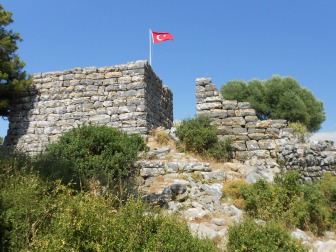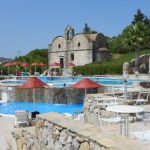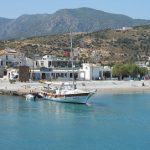Lelegian stronghold
These days Bodrum flows into Konacık which flows into Ortakent and frankly it’s all pretty depressing. Which makes it all the nicer to be able to report the existence of a great archaeological site at Pedasa, once the capital of the Lelegs, the people who originally settled the Bodrum Peninsula but about whom very little is known.
Backstory
What we do know about the Lelegians mainly comes from Herodotus who says that they were allies of the Trojans who lived in a settlement called Pedasos until the defeat of the Trojans in the Trojan War whereupon they relocated south to an area near what was then Halikarnas (Bodrum). In 2008 the discovery of an inscription bearing the name Pedasa in the Temple of Athena appeared to confirm what Herodotus had said.
Excavations have revealed that the Lelegians lived in scattered farmhouses with a vast necropolis spread across the peninsula from Torba in the north to Bodrum in the south. They buried their dead in several different forms of tomb. Poorer people were buried communally in platform tombs while the wealthy were buried in circular tombs that must surely have provided the model for the gümbets (cisterns) that later came to dot the area (kümbet is Turkish for tomb). One of the best of the circular tombs is the so-called Gebe Kilise (Pregnant Church), near Torba.
Around the site
Pedasa was founded in a lofty location with views out over much of the southern peninsula.
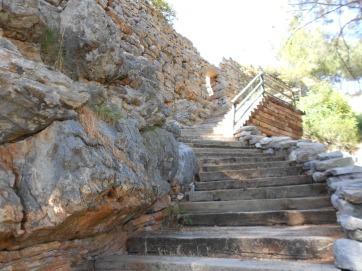 An acropolis is perched on high, its hefty walls built of huge stones enclosing an area of small houses and shops. A building identified as a megaron is thought to have been some sort of palace dating back perhaps to the 7th century BC. Outer walls then guarded the foot of the hill.
An acropolis is perched on high, its hefty walls built of huge stones enclosing an area of small houses and shops. A building identified as a megaron is thought to have been some sort of palace dating back perhaps to the 7th century BC. Outer walls then guarded the foot of the hill.
The acropolis appears to have continued in some form of habitation into the Byzantine area before being abandoned. The lower parts of the walls made from massive stones date back to the Lelegian era although the smaller stones on top are probably Byzantine.
Further down the slope there stood a temple to Athena with a watchtower but that dates from much later after the Romans had occupied the site.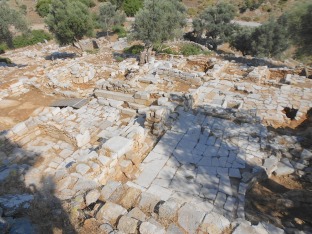
Pedasa is wonderful not just for its ruins but also for the way in which they have been presented. Here there is no ugly concrete, just wood used carefully to create access steps and fencing. A visitor centre is housed in a building designed in the old local style with a wide porch supported by columns. Even the toilets are housed in the circular buildings that were a local tradition.
Transport info
Frequent buses to Konacik leave Bodrum‘s town-centre otogar and pass by a taxi rank where you can pick up a ride to the site. Since it’s only 3km uphill you might want to walk back down again – it’s lovely peaceful walk with pine forest on either side of the path.
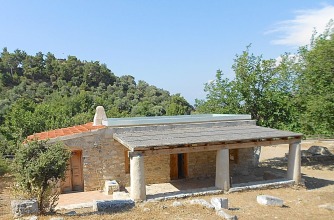 Pedasa Visitor Centre runs on solar and wind power
Pedasa Visitor Centre runs on solar and wind power
